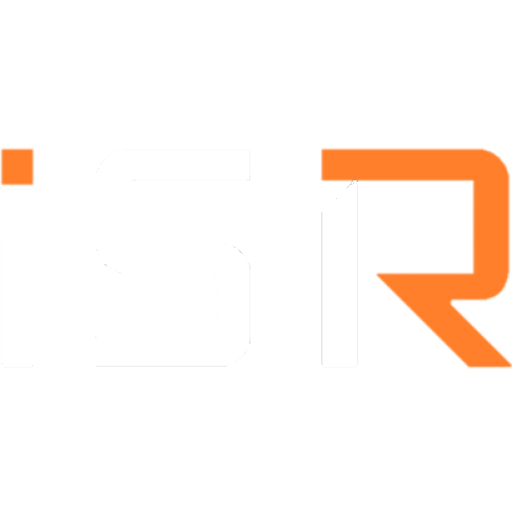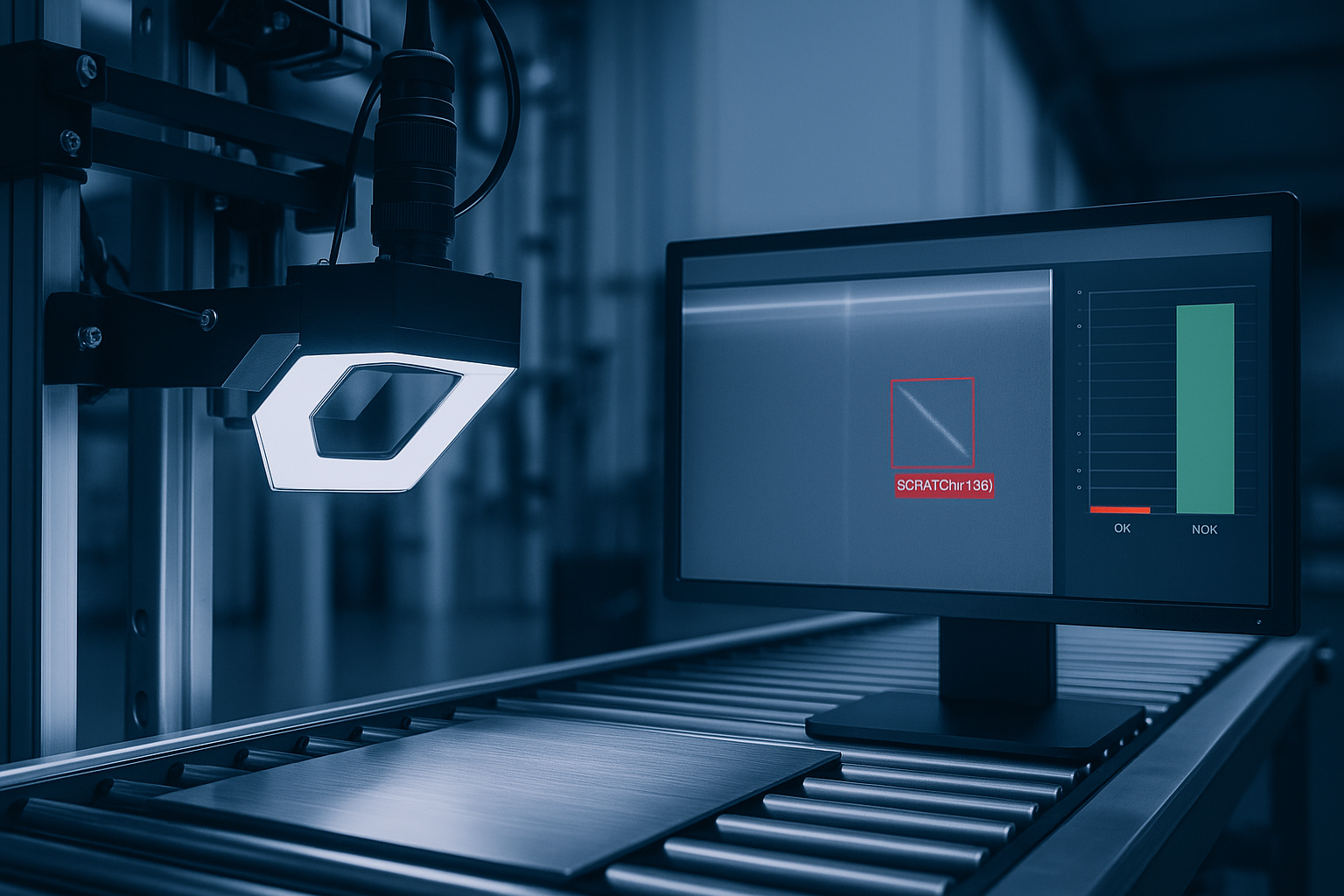From fragmented tools to intelligent ecosystems: how AI is closing the loop in industrial inspection
Understanding the Landscape
In recent decades, industrial machine vision has evolved from a niche tool into a cornerstone of modern manufacturing. Cameras, optics, and lighting systems have become increasingly sophisticated — but the true revolution lies in the software layer. This is the brain of the operation, where raw images transform into structured intelligence.
As automation expands, so does the complexity of what must be inspected. Today’s factories demand traceability, precision, and adaptability, not just accuracy. Yet most systems remain fragmented: design data isolated from inspection data, and inspection data isolated from retraining pipelines. The result is a loop that never closes — information is generated but not learned from.
However, industry trends such as Industry 4.0, digital twins, and AI-assisted manufacturing are pushing toward integration. The rise of data-centric AI — where quality depends on how intelligently data is used — is the final piece that enables a truly connected inspection process.
The Concept of Full-Cycle Inspection
Full-cycle inspection bridges the traditional gap between design, detection, and learning. Instead of treating inspection as a terminal stage, it becomes an active feedback loop. Every inspected product contributes new data that refines the model — and every model update enhances the precision of future inspections.
Imagine a system where a detected defect doesn’t just trigger an alert but initiates a process of self-improvement. Design parameters are adjusted, datasets are updated, and the AI becomes better at recognizing subtle anomalies. This is continuous improvement, but accelerated by artificial intelligence.
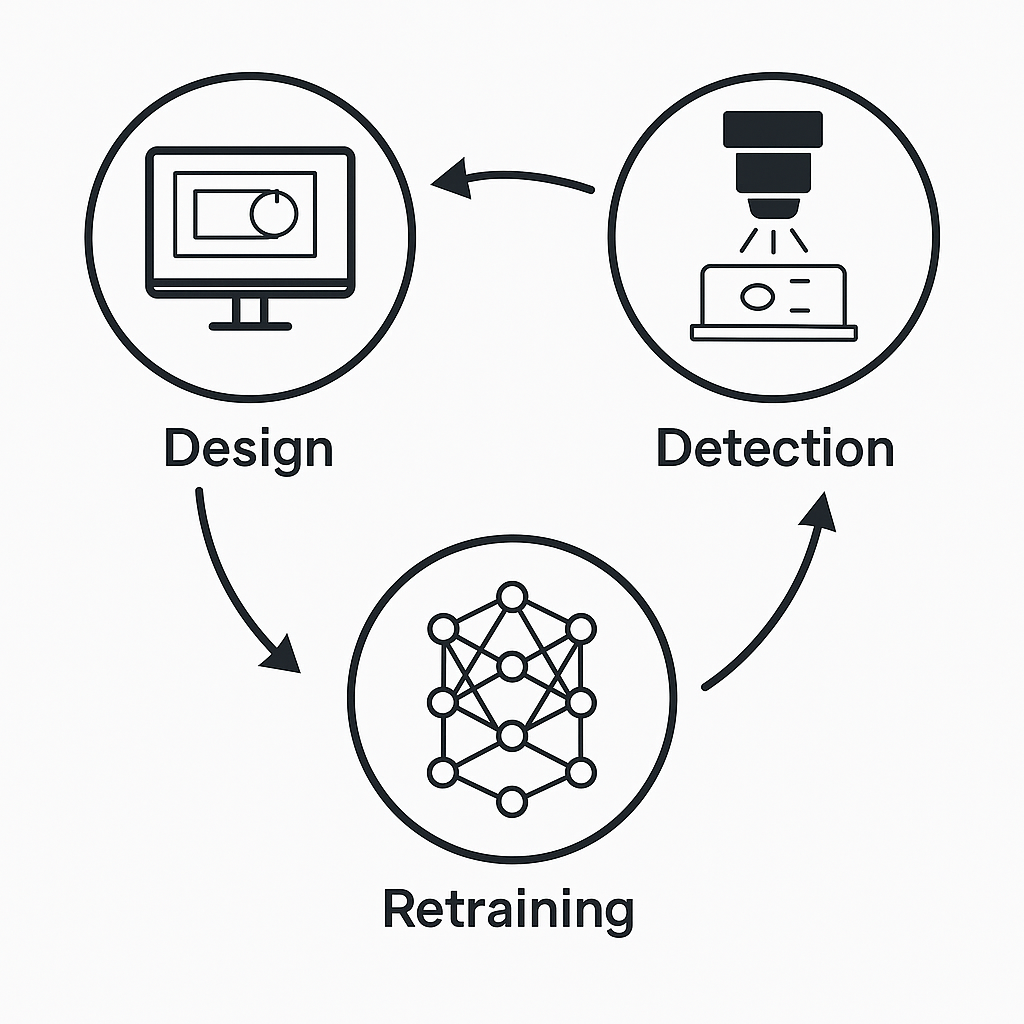
From Design to Detection
Traditional inspection systems rely on static thresholds or pre-trained datasets. They work until conditions change — new suppliers, new materials, new lighting environments — and then accuracy drops. Full-cycle inspection eliminates this brittleness by combining design data (CAD, tolerances, geometry) with real-time optical input and AI retraining pipelines.
Each element of the production line becomes part of a closed-loop learning ecosystem:
– Design data defines the ideal geometry.
– Detection systems analyze surface and dimensional deviations.
– Retraining engines use misdetections as new learning material.
The outcome is a living system capable of adapting automatically to production changes. It evolves with the factory itself.
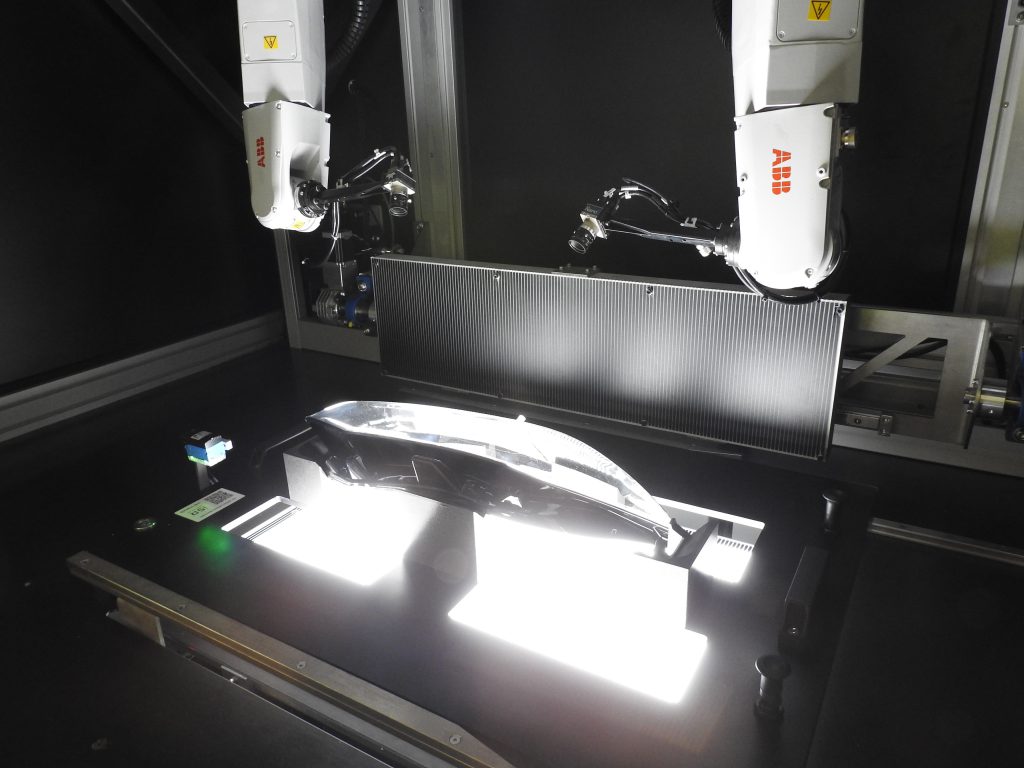
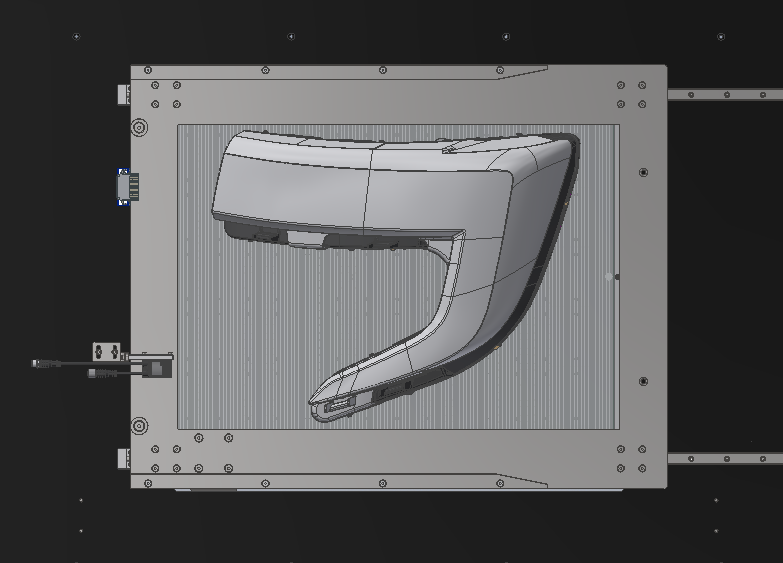
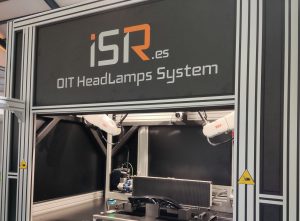
ISR’s Approach: Specular Vision & VisionX
At ISR, this philosophy takes shape in Specular Vision, a platform engineered for precision, modularity, and continuous improvement. Its new generation, VisionX, integrates AI-powered inspection with process intelligence — turning raw image capture into actionable insights.
When a defect appears, VisionX doesn’t just flag it — it contextualizes it. The system correlates the defect’s visual signature with production variables, surface types, and previous occurrences. This information is automatically incorporated into adaptive retraining pipelines, ensuring the model evolves as production conditions shift.
The Data Behind the Vision
Full-cycle inspection isn’t just about hardware and AI — it’s about data governance. In VisionX, every inspection generates structured metadata: camera ID, lighting parameters, defect classification, and confidence scores. This data fuels the retraining pipeline and enables:
– Predictive analytics to anticipate defect trends.
– Traceability across production batches.
– Explainability — knowing why the model made a decision.
By structuring inspection as a data feedback system, ISR transforms visual quality control into a measurable, auditable, and scalable process. This approach also aligns with smart manufacturing standards such as OPC-UA, ensuring interoperability with MES and digital twin environments.
Conclusion
Full-cycle inspection is transforming industrial quality control from static evaluation to dynamic intelligence. With Specular Vision and VisionX, ISR demonstrates how AI-driven inspection can evolve — learning continuously, adapting to change, and closing the feedback loop between production and intelligence.
The factories of the future won’t just detect; they will understand.
